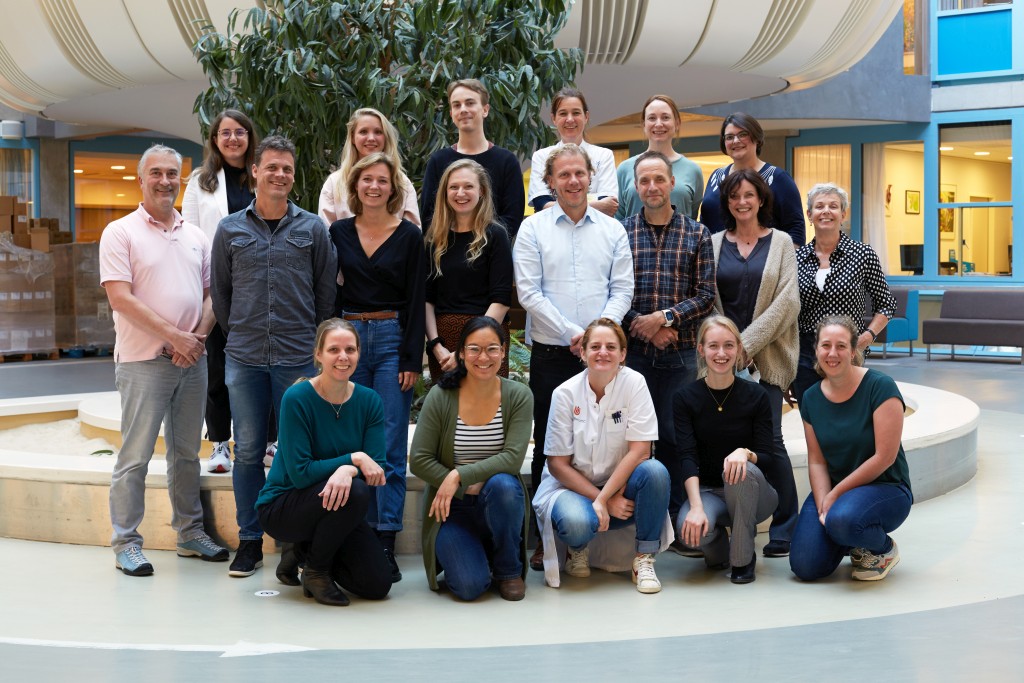
Team members
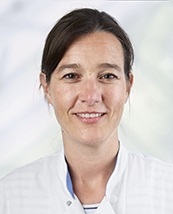
Ilse van Straaten is a neurologist and clinical neurophysiologist at Amsterdam UMC. She is involved in the Amsterdam UMC epilepsy surgery program since 2016. Her research focuses on predictive value of pre-surgical investigations, including MRI and MEG. She uses advanced imaging and signal analysis methods such as functional connectivity, network analysis and machine learning techniques to improve prediction of surgical interventions and outcome.
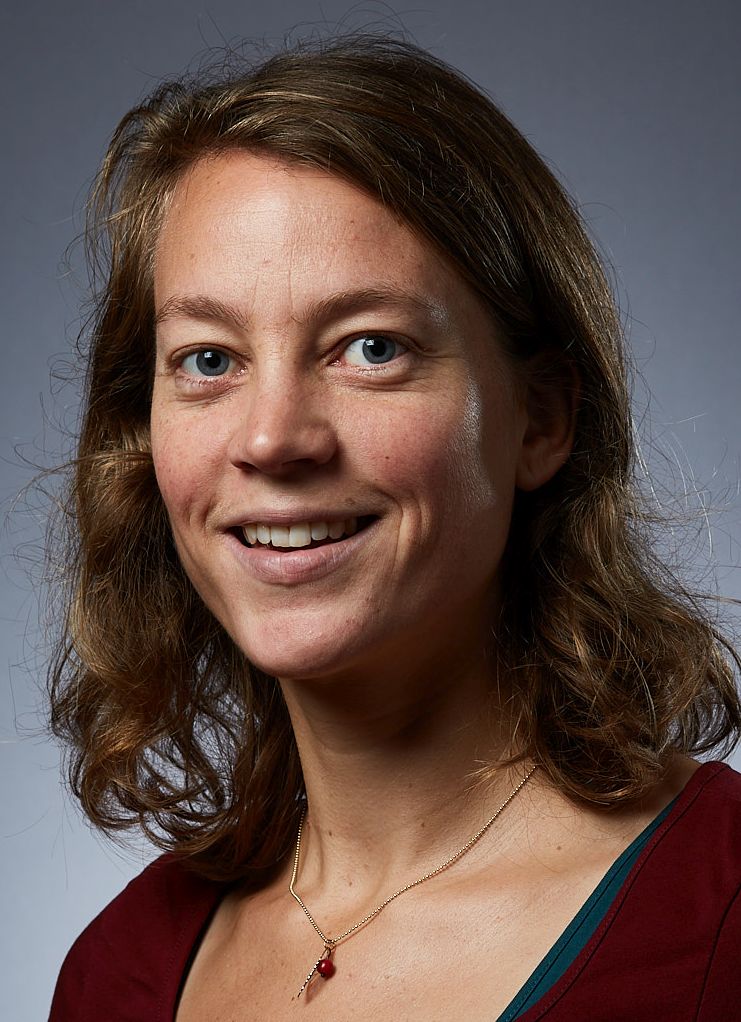
Ida Nissen has done her PhD thesis on brain networks of epilepsy patients. Her research aimed to locate the epileptogenic zone using different modalities of clinical data and mathematical analyses with the goal of improving the outcome of epilepsy surgery. After her PhD thesis, she started the design of our computer model to test virtually different strategies for epilepsy surgery, before the actual surgery, so that surgeons can select the optimal one.
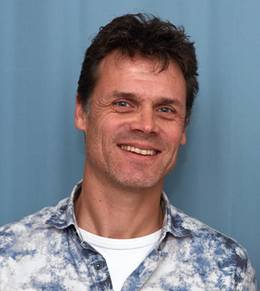
Arjan Hillebrand is a physicist an associate professor at Amsterdam UMC, location VUmc, where he is responsible for the scientific and clinical use of the MEG system. MEG can record brain activity in an accurate and non-invasive manner. He has used this technique to try to understand what goes on in the healthy brain, and what goes wrong in the diseased brain. His current research focusses on the application of MEG for the reconstruction of damaged brain-networks in patients with, among others, dementia, multiple sclerosis, or Parkinson’s disease. One particular area of interest is epilepsy, where MEG can be used to aid both diagnosis and treatment. Arjan has used MEG and network theory to try to pinpoint more accurately which brain region needs to be resected in order for a patient to become seizure free.
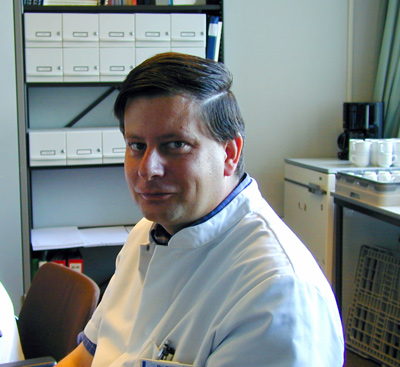
Kees Stam is a professor of clinical neurophysiology at Amsterdam UMC, location VUmc. Since 2000 his scientific work has focused on connectivity and graph theoretical network studies in various neurological disorders such as Alzheimer’s and Parkinson’s disease, multiple sclerosis, brain tumours and epilepsy. He developed several new methods for functional connectivity analysis such as the synchronization likelihood and the phase lag index. He was the first to apply graph theory to EEG and MEG recordings in healthy subjects and neurological patients. He has created the BrainWave software which is used for the study of connectivity, networks and whole brain models. An overview of the work of his group can be found here.
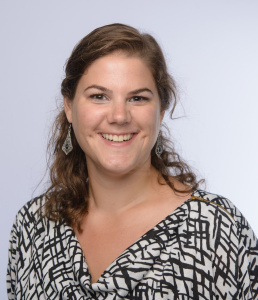
Linda Douw is a neuroscientist who is trying to make sense of our brain through graph theory. Her theory-governed but still data-driven approach allows for the investigation of how the brain works on multiple scales and with several imaging modalities. She is particularly interested in using these methods to improve diagnosis and treatment in neuro-oncology and epilepsy, and always tries to relate the abstract topology of the brain network back to human behavior.
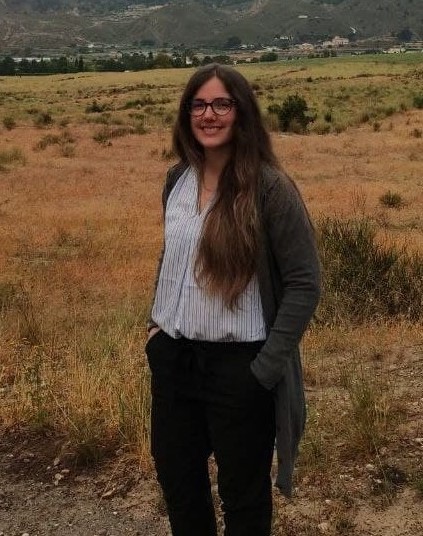
Ana P Millan is a physicist and neuroscientist at Amsterdam UMC, location VUmc. She has worked on modelling aspects of brain activity and development using methods from physics and network science. She is currently working on improving and testing the computer model for epilepsy surgery.
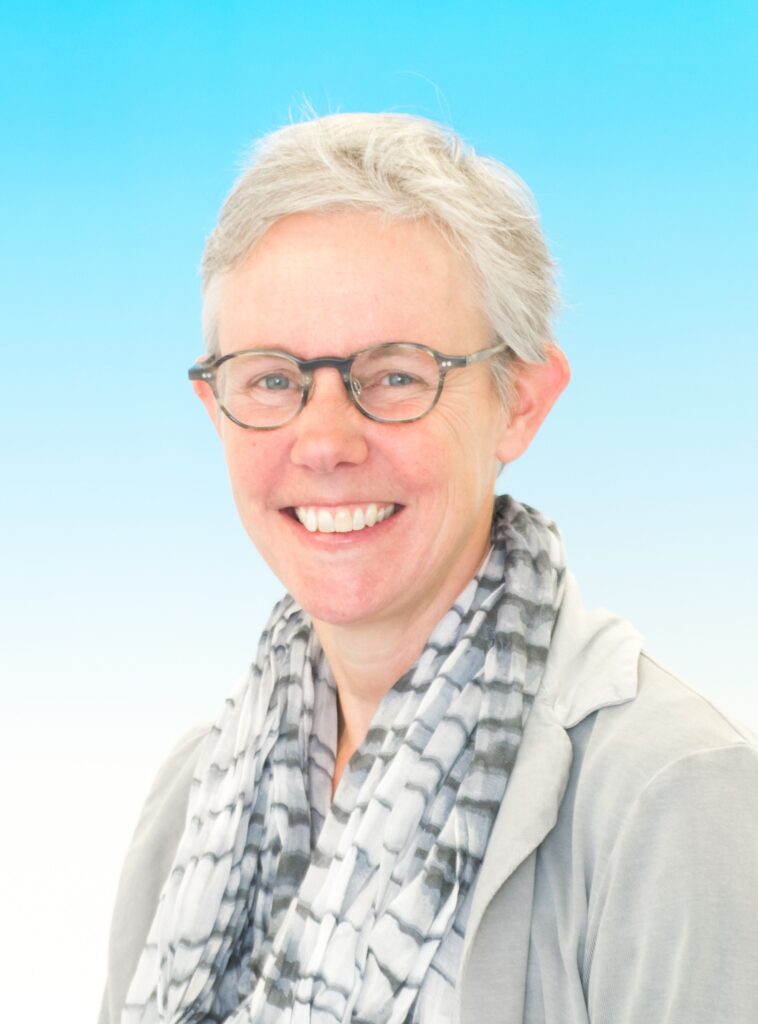
Petra Pouwels is a researcher at Amsterdam UMC, location VUmc. She is working in the department of Radiology and nuclear medicine. Her research is focused on quantitative MRI techniques in neuroscience. Techniques include quantitative Diffusion Weighted Imaging, Myelin Water Imaging, and MR spectroscopy, as well as functional MRI and conventional MRI. Clinical research is done in collaboration with colleagues from Child Neurology (white matter disorders), Multiple Sclerosis, Neurosurgery, and Psychiatry.
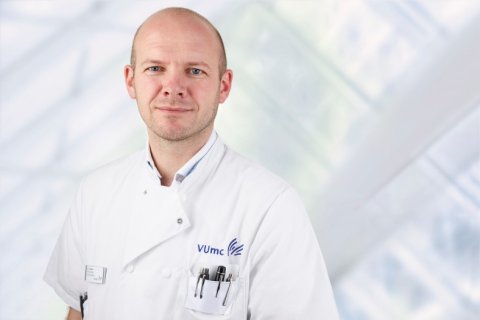
Sander Idema is a neurosurgeon at Amsterdam UMC, location VUmc, where he specializes in epilepsy surgery. He works towards helping as many people as possible to become seizure free, through surgery, or by doing research that will make this possible in the future with or without surgery.

Hans Baaijen is a neurosurgeon and the chair of the epilepsy group at Amsterdam UMC, location VUmc. In addition to developing surgery for complex brain tumors (such as partially awake procedures), he specializes in epilepsy surgery. He and his team have been able to develop modern techniques for epilepsy surgery, as well as different kinds of functional examinations before and during the operation to help improve the outcome and decrease side-effects. He carefully prepares this complex process, and guides the patients and families through it.
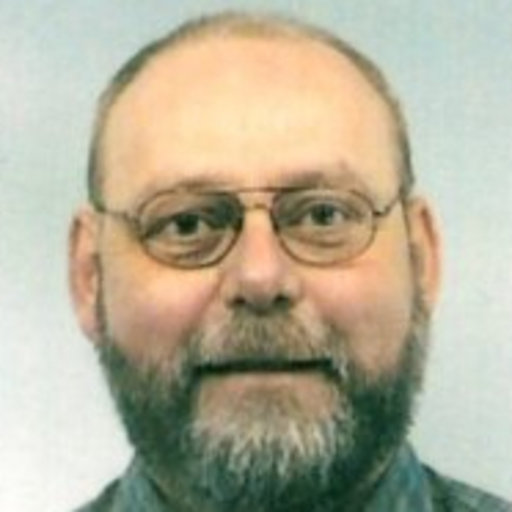
Demetrios Velis is an associate researcher at Amsterdam UMC, where he does research in neurosurgery, neurology and endocrinology, with a focus in epilepsy.
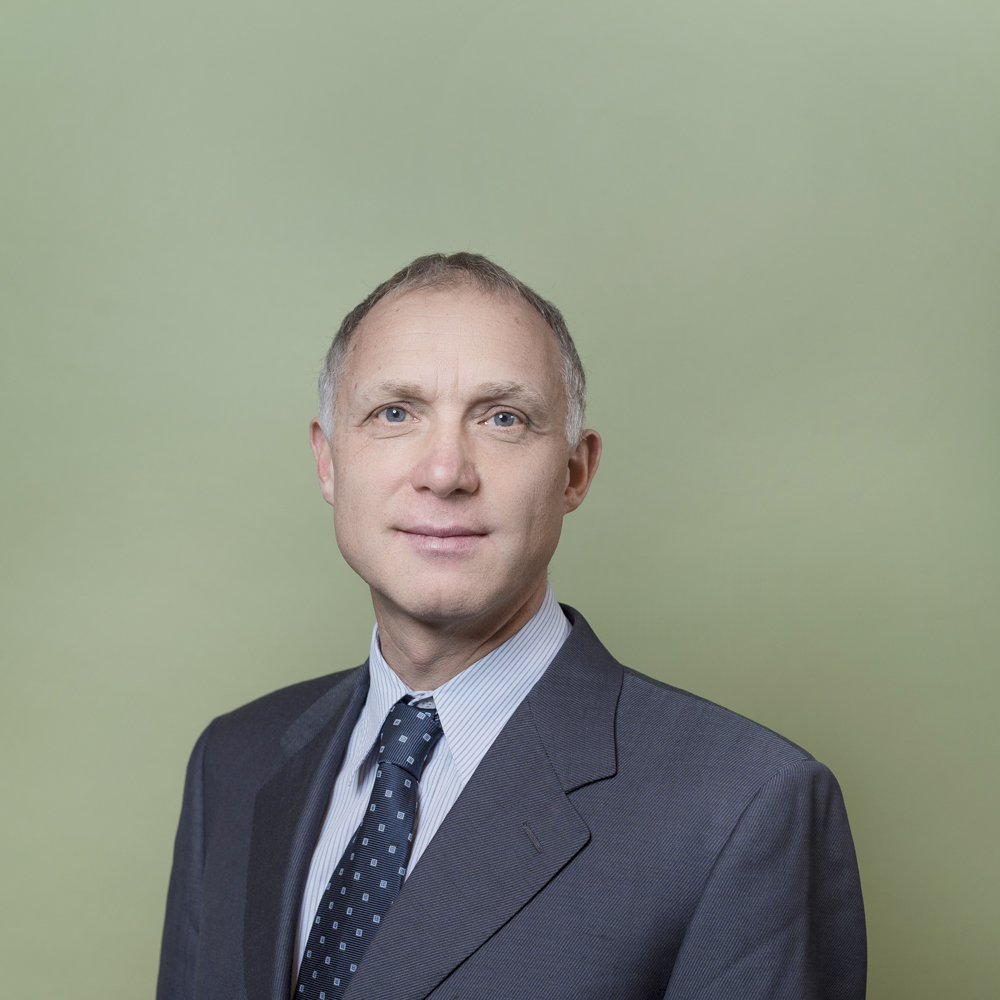
Piet Van Mieghem is a professor at the Delft University of Technology. His research focusses in the modelling and analysis of complex networks (such as brain networks) and novel algorithms for communications networks. He has large experience modelling and studying spreading processes on networks which is being applied to the computer model for epilepsy surgery.